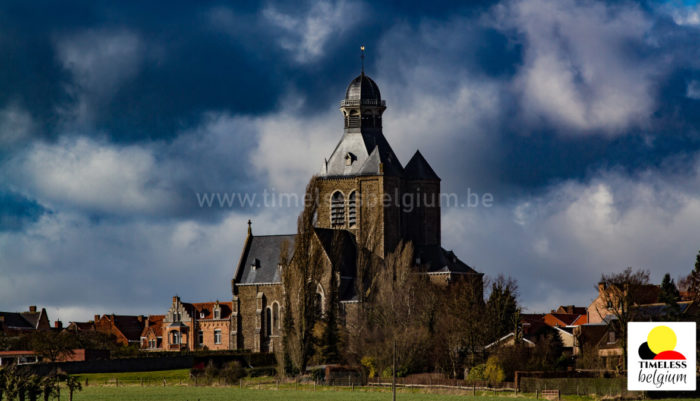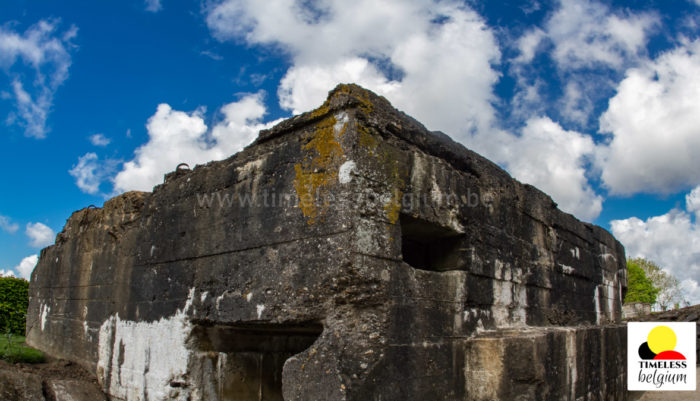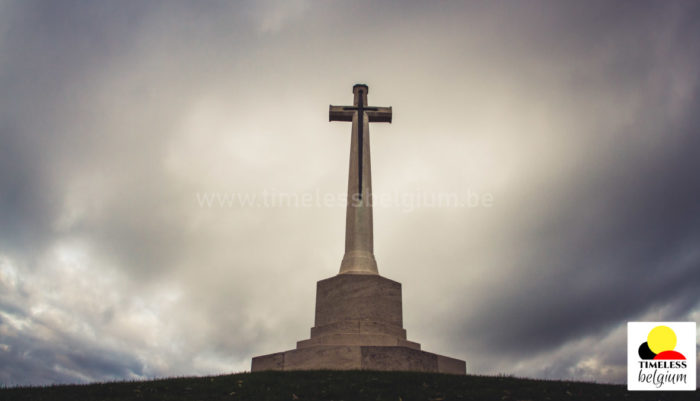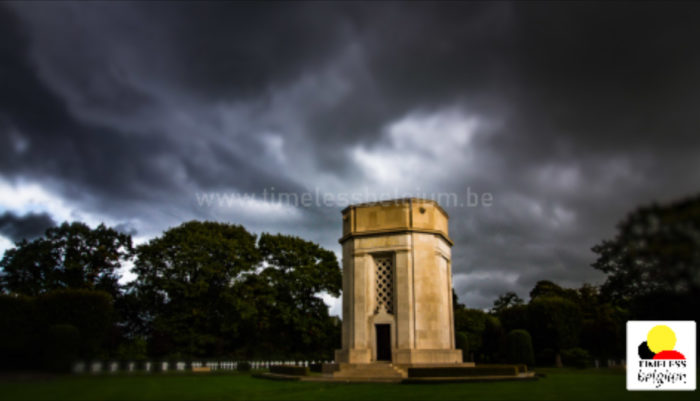Time lapse video of Dodengang in Diksmuide : close view of mouse-trap shelter, WWI defence position to prevent german attcks and infiltration
(Browse the collection : West Flanders Province time lapse and video stock footage)
More than 100 years after the actual facts the Great War trenches continue to amaze. The Trench of Death in Dixmude is the perfect setting in which to discover the horrific conditions the soldiers had to endure. The Trench of Death is the last remaining stretch of Belgian First World War trenches.
Located in Dixmuide the ‘Trenches of Death’ comprise preserved trenches featuring galleries, shelters, firesteps, chicanes, concrete duckboards and concrete sandbags. Together they give a fair impression of the makeup of trenches during the First World War – that is, notably leaving aside the quiet, serene nature of the trenches as they appear today. The Dixmuide trenches were in fact held by the Belgians for over four years during the Battles of the Yseragainst determined German forces (often ranged just 100 yards away), hence their grim name.
While scrambling to close off access to ally France, Belgian troops opened the floodgates of Nieuwpoort on October 25th, inundating the low-lying land the German army stood upon. The scene soon dissolved into a disorderly muddy mess. All chances of a swift German advance were gone, yet the ultimate stand came at a price. A miserable four-year period of trench warfare had begun, symbolized to this day by the eerily named ‘Trench of Death’ at Dixmude, the last remnant of the trench system etched into the seaside landscape.
File names, codec and sizes | ||
yser05_fhd | yser05_5K+ | yser05_web |
Mov ProRes 422 HQ | Mov ProRes 422 HQ | H264 Mp4 |
220 Mo | 1,83 Go | 11,8 Mo |
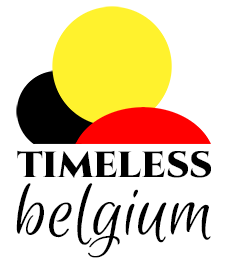
 My Account
My Account 
